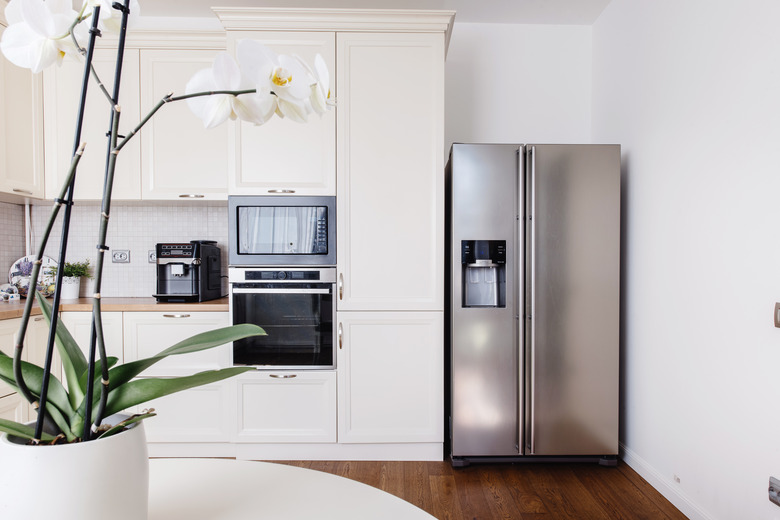Venting Requirements For A Propane Refrigerator
Propane appliances are becoming a commonly selected choice for in-home use. However, selecting propane usually comes with a plethora of concerns, such as the impact it may have on a household due to the heat and gas or even what kind of safety issues arise due to the use of gas. Jumping into the use of any type of propane appliance must always be researched beforehand to make sure that it is being used in the safest way. A propane refrigerator is no exception and one of the requirements someone may look into is whether the use of a vent is required or not.
Propane Refrigerator Safety Concerns
Propane Refrigerator Safety Concerns
The installation of a propane refrigerator means that you need a system in order to introduce new air to the fridge and expel the carbon monoxide emissions. If the room with the refrigerator is large enough with lots of windows that can be opened frequently, then venting is not technically required, however, to have peace of mind it is strongly suggested. If you are looking into a propane refrigerator for a tiny home or for an RV, then venting is a must due to the small confined space inside the dwelling.
The emissions of carbon monoxide coming from your refrigerator may not be high enough to be considered dangerous, but it is still highly recommended to install a carbon monoxide alarm, nonetheless, to alert you of any gas leaks.
The Benefits of Ventilation
The Benefits of Ventilation
Installing ventilation for your propane refrigerator will not only help with the emissions, but they will also help provide cool air to your burner box, creating a type of propane cooler. Having a propane refrigerator function regularly without ventilation may result in the room being significantly warmer. This could be concerning if you already live in a warm area with extreme temperatures. Ben's Discount Supply quotes a venting kit at around $140, plus installation costs. The price may vary depending on certain ventilation needs.
Ventilation also becomes important when considering the oxygen levels of the home. Burning propane gas means that the fresh oxygen in your home is slowly being consumed, which could be concerning depending on the room size where you choose to install the propane refrigerator. Installing a vent would remove this concern and ensure that the level of oxygen does not decrease in your home.
RV and Tiny Home Use
RV and Tiny Home Use
Venting a propane refrigerator properly becomes increasingly important in motor homes and tiny homes. Looking into RV refrigerator vent installation will show you that two vents are necessary — one for intake and one for exhaust. The intake vent must be properly placed on the outside of the vehicle or home to also allow access to the burner area if any work or repairs need to be done. It should not be installed any higher than the bottom of the fridge so that if there is a propane leak, all the gas will flow outside and not collect indoors.
There are two types of RV refrigerator vent installation options for exhaust vents to choose from. One can be done in the same area as the intake vent (on the outside of the vehicle by the refrigerator) or it can be installed on the rooftop. Norcold suggests rooftop venting would be the ideal installation because it would create the best draft due to its distance from the intake vent. A side vent installation may not function at its best when temperatures are extremely high outdoors, and certain fridge models may require an additional fan in order to have the vent functional properly.
